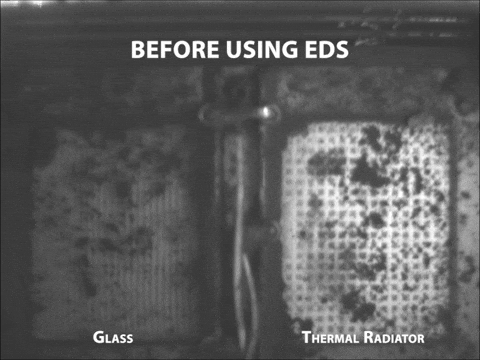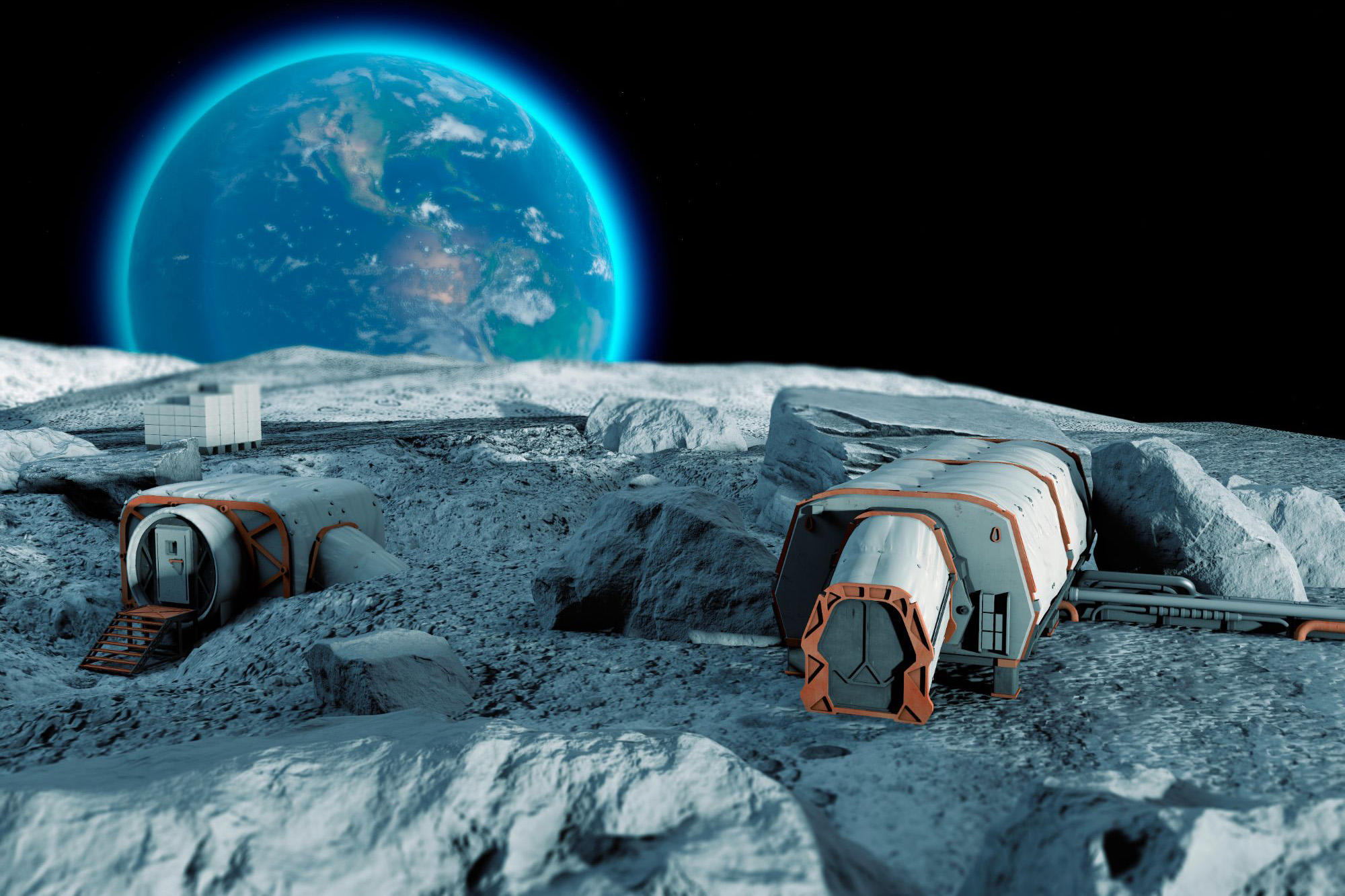
Lunar Regolith
Lunar soil is the fine fraction of the regolith found on the surface of the Moon.
Chickpeas grown in lunar regolith are stressed but reach maturity, shows study. Chickpeas have been successfully grown in lunar regolith simulants (LRS), marking the first time such a guideline has been established not only for chickpeas, but also for growing food for long-term human space missions.





